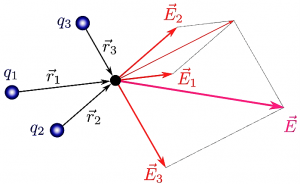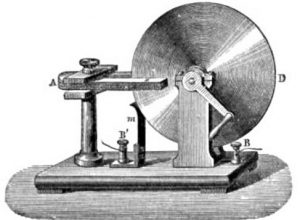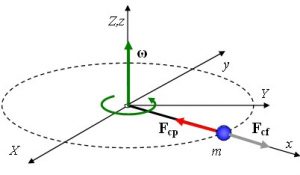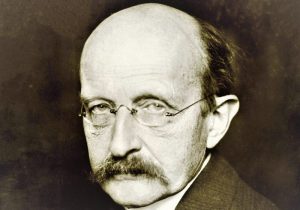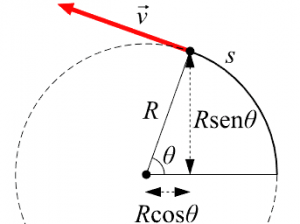Kinetic energy
Kinetic energy has always been present in our everyday life in different ways. It is generated through the acceleration of a body to a given speed. The adjective "kinetic" is given to this type of energy by it is generated through movement.

- Unit: Julio
- Symbol: J
- Formula Ec= ½ mv²
What is kinetic energy?
The kinetic energy or energy of movement is that produced by the movement of an object and is linked to its mass and speed. It is abbreviated with the letters Ec or Ek and can be of two types, rotation or translation and molecular.
Characteristics of kinetic energy
Among the characteristics of kinetic energy, the following can be mentioned:
- It is produced by the movement of a body.
- It increases with speed.
- It is higher as the mass of the body that produces it is greater.
- It’s measured in Julius.
- It can be transformed into heat or other types of energy
History
The history of kinetic energy has been scientifically studied since the end of the 18th century by the German philosopher and mathematician Gottfried Leibniz and the Swiss mathematician and doctor Johann Bernouilli, who called it “living force” or “vis viva“. Years later, the Dutchman Willem’s Gravensade carried out a research that confirms the importance of the vis viva and was twice what is now known as kinetic energy. Gravensade threw weights on a clay surface in order to measure the penetration capacity of the objects thrown. With this experiment, he determined that when loosening an object with double mass, the distance that sank in the clay was double. On the other hand, if he threw two weights with the same mass, one at twice the speed of the other, the speed at which he penetrated the fastest weight was four times deeper. If the speed tripled, the hole became nine times greater. In this sense, it is proportional to the result of multiplying the mass by the speed twice.
The concept that is currently handled, makes its appearance in the mid-nineteenth century through contributions of the French scientist Gaspard-Gustave Coriolis in 1829 and is defined by the British physicist William Thomson (also known as Lord Kelvin) in 1850.
What is it for?
Kinetic energy allows us to generate changes that are related to speed. This can be transformed into other types of energy such as light, water or wind energy that can produce electricity to move many of the everyday devices we use in our daily lives, in household appliances such as the blender, ventilation, in our means of transport, in our workplace, entertainment etc..
What it depends on?
It depends on the movement and the mass that produces this movement. The greater the movement and the greater the mass, the greater the generation of kinetic energy.
Units
Kinetic energy is measured in Julius (J), its mass in kilograms (kg) and its speed in meters over seconds (m/s).
Formula
The formula used to calculate kinetic energy is as follows: Ec= ½ mv².
Types
Kinetic energy can be of two types:
- Translation and rotation.
- Molecular.
Kinetic energy of translation and rotation
The kinetic energy of translation is produced when the parts of an object move in the same direction, for example when we walk.
Rotational kinetic energy is generated when a body rotates, e.g., a mill.
As you can see both types are related to displacement in one direction or around its axis
Molecular Kinetic Energy
Molecular kinetic energy is produced in the molecules of matter at normal temperatures that are in a constant, high-speed motion.
Examples
Here are some examples of kinetic energy:
- Riding a bicycle generates transfer kinetic energy that can generate other types of light energy, such as the dynamo placed on the wheel of the bicycle that allows light to be generated while the bicycle moves.
- The wagon of a roller coaster generates this type of energy by descending one of its slopes.
- A sailboat generates kinetic energy when it moves in the sea. If there are two sailboats of different sizes, the one with the greatest mass can move faster than the smallest. This is because the kinetic energy is greater in relation to the body that produces it.
- Windmills also generate this type of energy by rotating their blades.
- When we run, we also generate it. In this case it will be determined by the speed and our moving body mass.
How to cite this article?
Briceño V., Gabriela. (2019). Kinetic energy. Recovered on 3 January, 2025, de Euston96: https://www.euston96.com/en/kinetic-energy/




